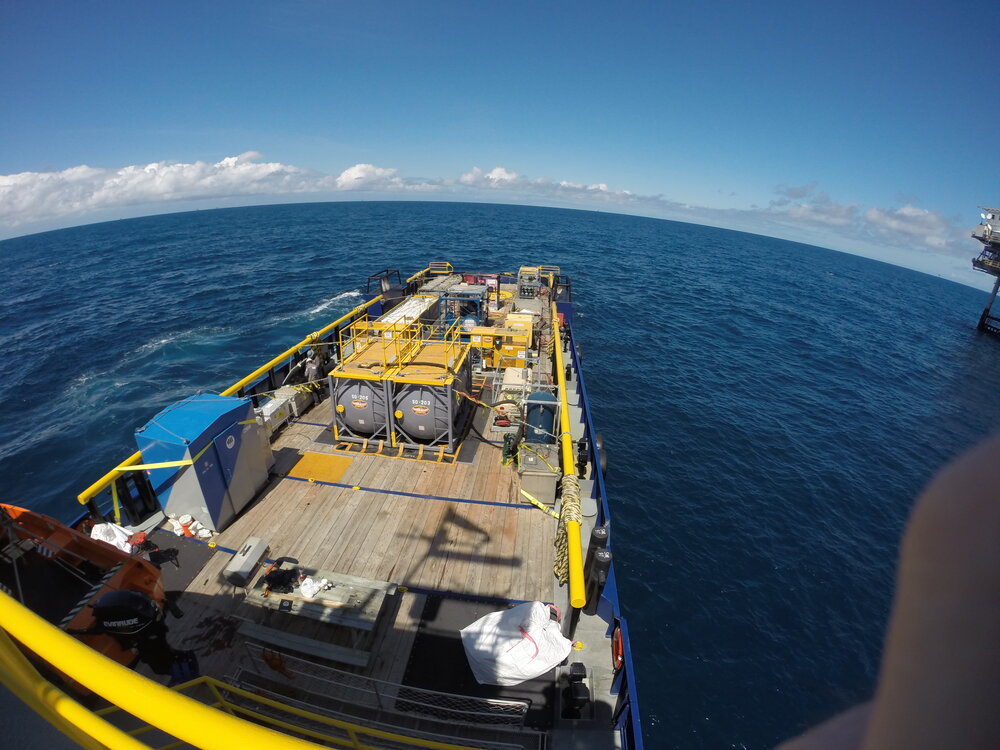An early Ideal Energy Solutions, LLC WellRenew® success story was the topic of an article in the August 2016 issue of E&P magazine. A success it was, and the story is worth repeating. WellRenew® treatment saved a five-mile long, four-inch crude oil line in the Gulf of Mexico from abandonment and restored it to full flow.
After all other mechanical and chemical attempts at clearing the line of paraffin had failed, this major operator believed abandonment in place was the only option. Fortunately for the operator, that was wrong, as we shall see.
The deposition of paraffin in flow lines and production equipment is one of the more difficult challenges an operator can encounter over the life of its wells. Buildup occurs inside the lines naturally during the flow of crude, with the paraffin forming into solid wax particles when the crude temperature falls below the cloud point.
“As paraffin, asphaltene, oil, and formation deposits lay down in the line, it does so like rings in a tree trunk,” said Charles Talley, Ideal Energy Solutions, LLC Technology VP. “The biggest challenge we had was coming up with something that could actually lower the surface tension enough so that the material could go around the pipe’s surface and we could push the plugs out of the pipe.”
The effectiveness of typical chemical remediation methods is limited by cold temperatures; pipeline length as well as cost and risk make mechanical remediation an unsatisfactory choice.
“The solution is based on three principles: surface tension, hydrophilic-lipophilic balance and controlled oxygen. The extremely low surface tension of the solution allows it to penetrate the area between the deposit and pipe walls and into any cracks or crevices present in the deposited material,” Talley said. “WellRenew® works through a controlled oxygen release mechanism. We found that oxygen will neutralize the zeta charge that causes the stickiness of the paraffin plug.”
Talley continued, “To get it around the pipe, we had to be able to lower the surface tension. We’ve come up with some very unique surface-active agents that can reduce the surface activity down to about 20 dynes.”
This approach does not dissolve paraffin or asphaltenes but rather floats them and allows them to be pumped. When hot solvents are used and appear to dissolve these materials, the solutions will gel again when cooled and become hard to remove.
“Many people in the industry think you can dissolve paraffin, but you can’t. It’s virtually non-reactive,” Talley said. “The only thing that you can do is get it to the point where you can move and pump it. That’s what WellRenew® does.”
And that’s what WellRenew® treatment did. Limited flow returned to the line after five hours of treatment, with full flow returning to the line only 75 hours into the treatment.






